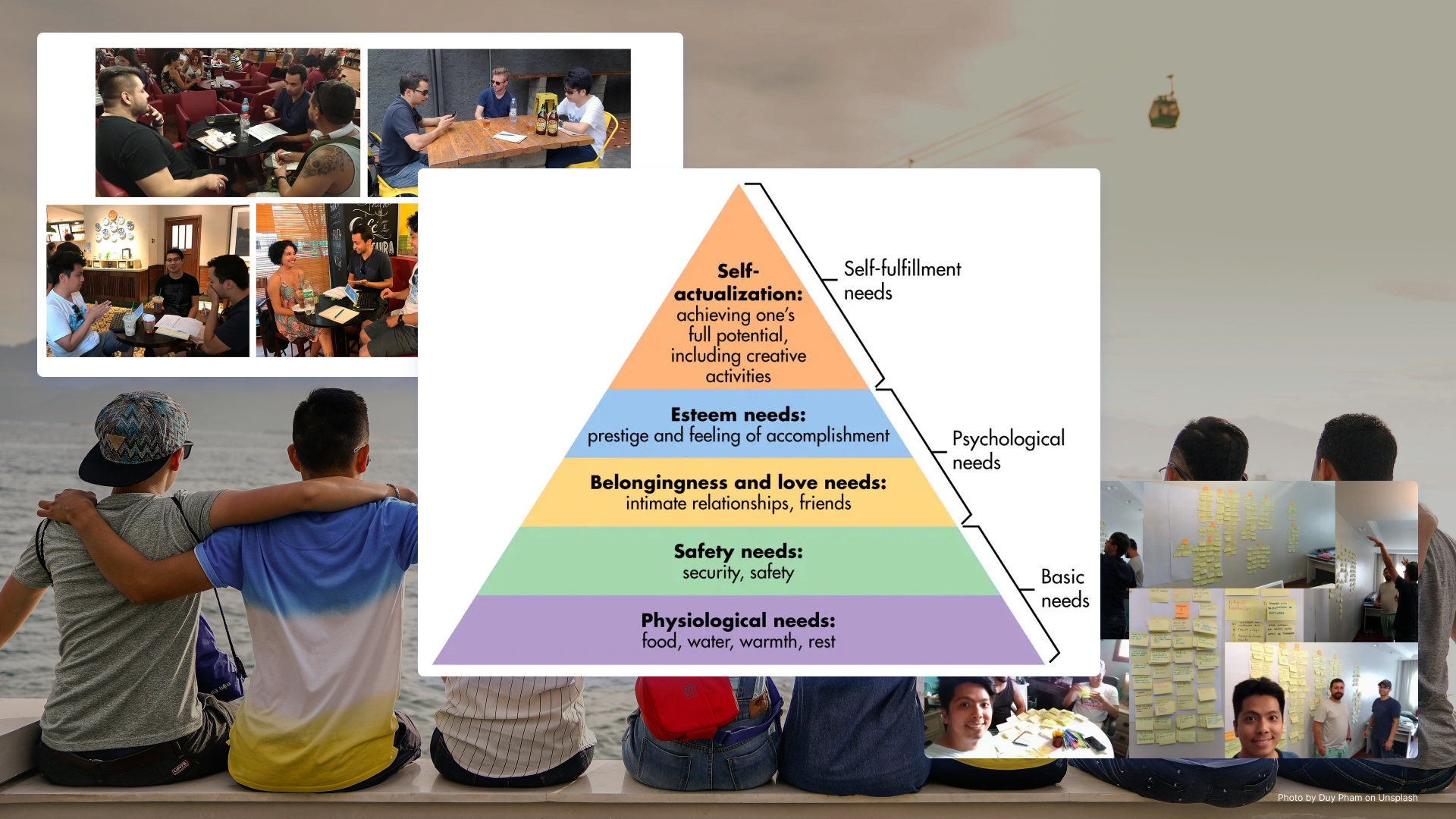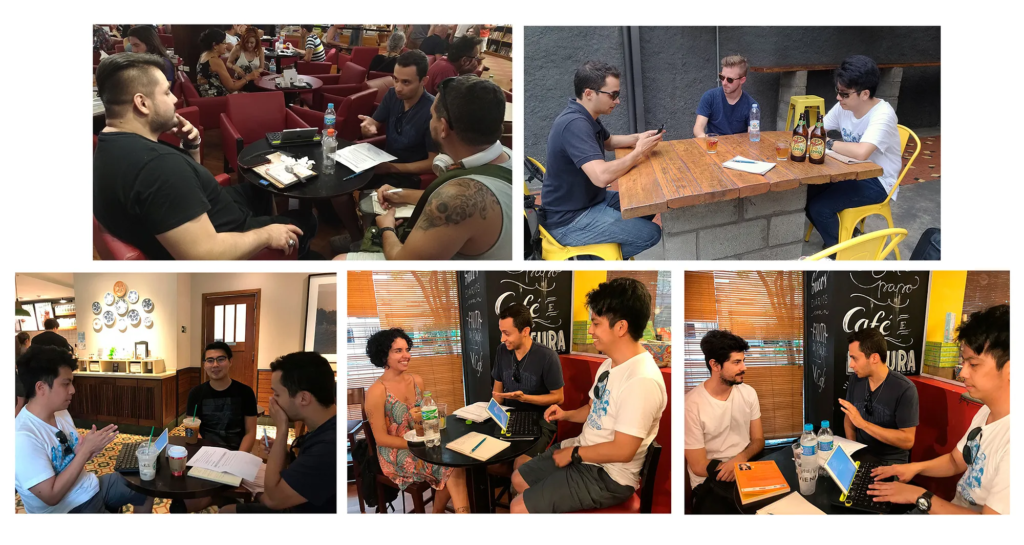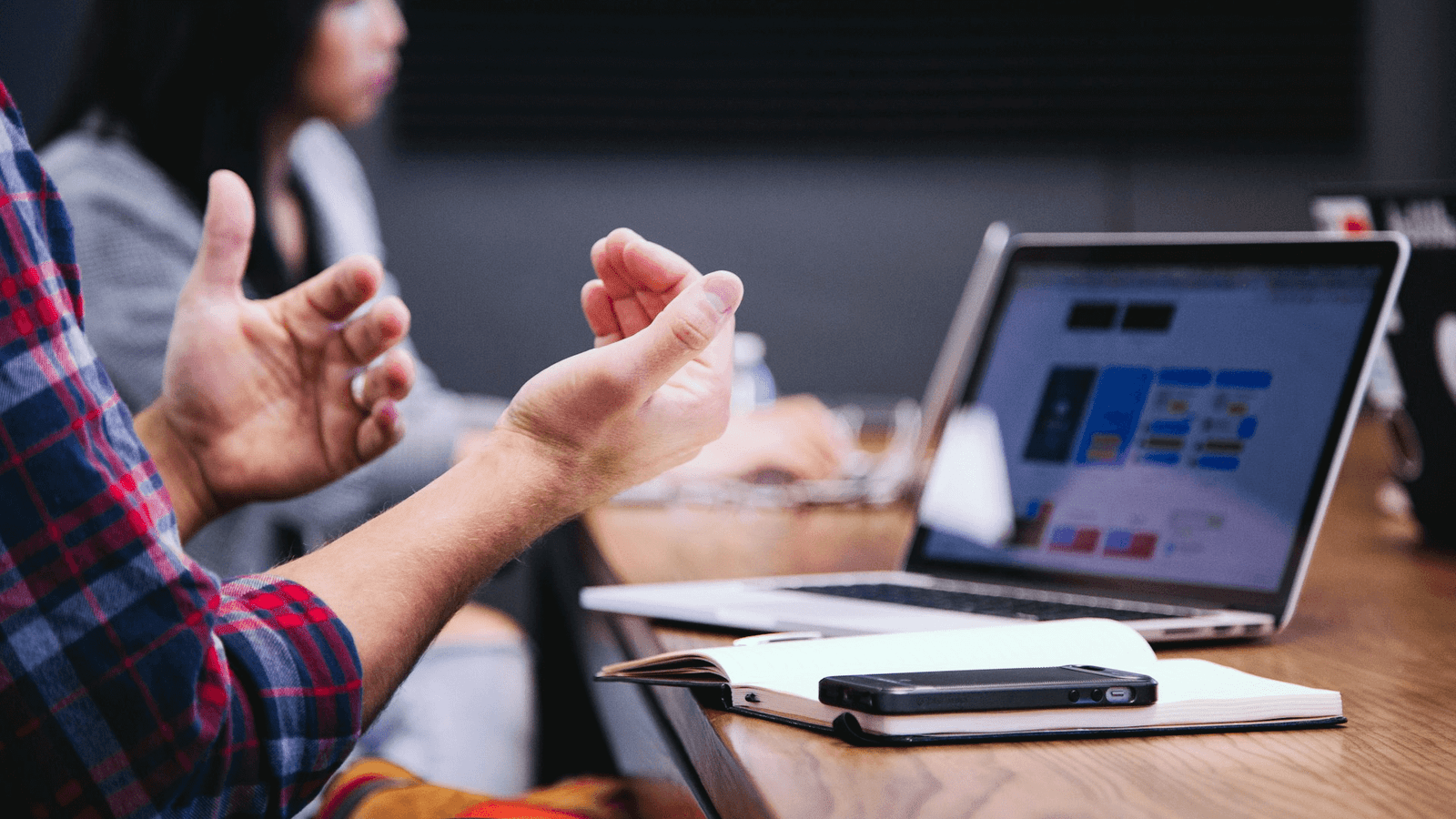How user research helped us save time and budget

Introduction
User research is a key element in a project and according to Jaime Levy in her book UX Strategy: How to Devise Innovative Digital Products that People Want:
“Not realizing a product’s value is one of the primary reasons why that a product will fail. (…) But the truth is that any product is a risk.
User Research is how you verify that you’re on the right track with your value proposition.
Validation is the process of confirming that a specific customer segment finds value in your product.
(…) conduct research and gain validation before developing a solution. It helps verify that your team is targeting the right customer.”
How it started
We were contacted by a client from Germany that had an idea and decided to hire us to execute it. As he usually comes to Brazil for work and leisure, we were able to arrange an appointment to understand more about the idea and how he came to it.
He told us that, in general, although people in Germany and Europe have plenty of free time after their daily jobs, they usually choose to spend this time alone. Apparently, loneliness was a big problem for them. Our client argued that this was a clear problem and it was related to the Maslow’s Hierarchy of Needs pyramid, more specifically the psychological needs layer. At this point we realized that we had a fair hypothesis to investigate and needed to understand if this affected people’s lives and how we could help.

Our client wanted to launch the solution here in Brazil, because he observed that Brazilian people also felt the same, especially when going out clubbing or bars. However, we have two different countries with distinct cultures and daily routines. We decided to validate the hypothesis and we came to the following conclusions.
How might we improve the connection between people so they can make new friends in their free time and don’t feel lonely anymore?
The User Research
Desk Research
We researched the following topics to understand the big picture.
- How do people make friends
- How people spend their free time
- Other meeting apps (for benchmarking)
Here are some interesting findings:
- Even if people have free time, they don’t feel happy. (https://www.lifehack.org/articles/featured/why-your-free-time-is-boring.html)
- In average, spending 40 hours with someone is considered an acquaintance; 100 hours is considered to be friends and; 200 hours is considered a good friend. (https://phys.org/news/2018-03-reveals-hours-friend.html)
- The fear of rejection in making a new friendship is comparable to that of a romantic relationship. (https://www.psychologytoday.com/us/blog/mindful-anger/201703/how-make-friends-adult)
- The small social interactions make a difference to impact the person in its well-being. (https://qz.com/work/1205953/the-scientifically-proven-best-ways-spend-time-if-you-want-to-be-happy/)
- Human beings make new friends more easily up until the age of 25. After that, it gets increasingly more difficult. (https://thenextweb.com/insider/2018/04/23/study-long-takes-adults-make-new-friends/)
Research Matrix
Based on our Desk Research, we decided to develop a CSD matrix to help keep us on track about what we are researching and what we still need to know involving our subject and audience. The first column are the Certainties, followed by Suppositions (Assumptions) and Doubts.
| CERTAINTIES | SUPPOSITIONS | DOUBTS |
|---|---|---|
| Even if people have free time, they don’t feel happy. | People want to meet up to do group activities | Do people want to do 1:1 activities? |
| People feel the need to be engaged while they are doing some activity. | People who do group activities feel more comfortable | Do people feel comfortable doing 1:1 activities? |
| People feel the need to be part of a group | Activities with a defined objective make it easier to bring people together in a group | What types of activities are people willing to do 1:1? |
| Making friends is not instantaneous, it takes time to form | The safety factor is something that influences the time to form a group for a certain activity | Are all 1:1 activities also possible to do in a group? |
| 40 hours is considered as known person | People make new friends at the gym, at work and at events | What types of activities would people be more willing to do in a group? |
| 100 hours is considered as friend | Physical activities such as sports help people to relate more easily | Are there activities that are more popular to do in a group? |
| 200 hours is considered good friend | People consider foreigners as people with greater purchasing power, so this creates a comfort in asking people out to go to interesting places | In what situations do people feel safe? |
| Making friends is the same thing as forming a relationship | People tend to think that because you are a traveler you have more culture and cultural connections | In what situations do people feel unsafe? |
| The fear of rejection in friendships is the same as in romantic relationships | That people want to show the best of themselves because they want to be as exclusive as the traveler | How often do people do group activities? |
| It is necessary to have a personality fit, interests, tastes, lifestyle | People are more willing to talk more openly with someone who is just passing through | What time of day do people do these activities? |
| Focusing on hobbies and activities to do in a group is more productive than doing something 1:1 | People are more willing to do different things with people who are just passing through | What is the level of preference for free and paid activities? |
| It is necessary for the person to be open-minded and willing to experience new things | How do people make new friends today? | |
| Small social interactions make a difference in the person’s well-being | Do people really not make new friends anymore? | |
| Social isolation can cause psychological and physiological damage | Are people really interested in being your friend as a traveler, or is it just a momentary enthusiasm? | |
| Human beings make new friends more easily until the age of 25, after that, it is more difficult | How do people who go to a foreign country maintain friendships with locals? | |
| From the age of 57, people feel socially isolated, which doubles the risk of high blood pressure | What is the image that people have of travelers? | |
| The pot is always open to foreigners | Does the traveler’s ethnicity affect relationships between local people? | |
| It is easier to talk 1:1 due to mutual curiosities for foreign travelers | Do people maintain friendships based on social status? | |
| Knowing the locals gives you more security to explore the place | ||
| As a foreigner, since no one knows you, it is easier to be more open and uninhibited | ||
| Brazilians think it is chic to speak English, so foreigners end up becoming an attraction |
Difference between Research questions and Interview questions
When doing User Research in your project, it’s important to distinguish between two types of questions:
- Research questions is what you want to find out — the goal of your research — in order to make better evidence-based decisions.
- Interview questions are what you are going to ask the people that you are interviewing.
Thus, research questions helps you figure out the interview questions.
For more in depth information on this subject, check this awesome post from Erika Hall.
User Interviews
Based on our assumptions and doubts, we listed the main goals of our user research, that is, what we want to know from the people.
- How do adults (between 30 and 50 years old) make new friends today?
- How do adults (between 30 and 50 years old) maintain friendships today?
- How does people spend their free time and how do they prioritize these activities?
- How willing are people to make new friendships?
- How do people make new friends when they are traveling (to different cities or countries)?
We interviewed a total of 9 people.

Affinity Mapping
Once we got all the data from the people that we interviewed, it was time to organize it in a logical way so that we would be able to extract useful information from it.

Here are the main takeouts that we got after doing the Affinity Mapping and analyzing it:
- In fact, people consider friendships different than acquaintances. And it is a big deal.
- People don’t make new friends that often.
- People make friends in their everyday places (e.g. work, gym and places they go frequently).
- People feel uncomfortable when using an app to make friends.
- People aren’t willing to make new friends that often, since they already have a circle of friends (and family!) they trust and prefer to go out with.
People don’t want to spend more time making new friends.
- People don’t have much free time to manage the agenda for their existing friends. Thus, new ones would mean more energy to spend on managing agendas.
- People don’t go out to actively seek friends, they believe that it has to be natural.
- If people had more free time, they would travel with friends. In addition, when traveling, they use Google, social networks and friends’ recommendation to get directions and information about the destination.
The pain of making new friends is small and infrequent.
Conclusion
Based on the takeouts, we concluded that the hypothesis made at the beginning was invalidated.
Brazilian people don’t feel THAT lonely in their free time since they spend it with friends or doing some activity that makes them feel good, relaxed and even fulfilled.
Thus, they don’t feel a strong need to make new friends in order to avoid loneliness and they don’t go out to actively seek new friends. Furthermore, most of our interviewees made a point about the difference between superficial and deeper connections with people, and how much dedication and time it takes to consider someone as a friend.
We took our client through the process and he understood that his idea to launch a solution for the Brazilian market probably wouldn’t go much far. However, this is only one culture, it does not mean that it couldn’t work well in another. Our client was pleased, since he didn’t have to spend extra effort (cash + energy + time) in this idea.
Now, we have moved on and we are working on validating a different idea!
Lessons Learned
Here are some lessons learned and advice.
- If we didn’t do the Research and had just jumped into Ideation, Sketching and refining screens, Prototyping and Launch, we would have put something in the market that was already dead, since it wouldn’t bring any value for people.
- User Research is valuable and saves you not only a ton of time (and money!) in your project, but is able to (in)validate hypothesis.
- Always, always go out and talk to people.
- People like to talk about themselves, so go out and talk to them.




